How to Attract Northern Cardinals: Field-Tested Feeding & Habitat Tips
If you aren't having any luck in attracting Northern Cardinals to your backyard stay tuned. We'll give you some simple steps to get even more of these birds to visit you.
I've been fortunate not only to have Cardinals nesting in my yard, but I was able to live-stream the complete nesting cycle of Cardinals on the internet.
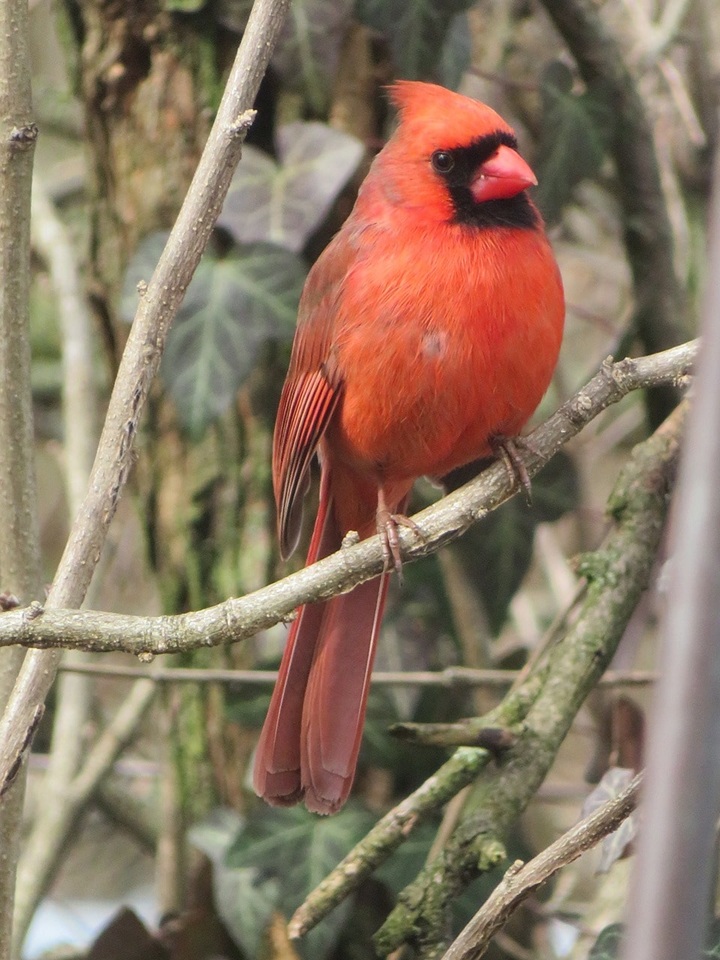
I can attest to how fun and rewarding the experience of having these birds in your backyard can be.
Here are some surefire ways to help you bring these beautiful birds into your yard.
What is the Best Seeds For Attracting Cardinals - What Else Do They Eat?
Northern Cardinals are primarily seed-eaters, so having a bird feeder filled with sunflower or safflower seeds is the fastest way to attract them to your backyard.
The type of feeder makes a difference, too. Cardinals perch when they eat and need a platform type of feeder.
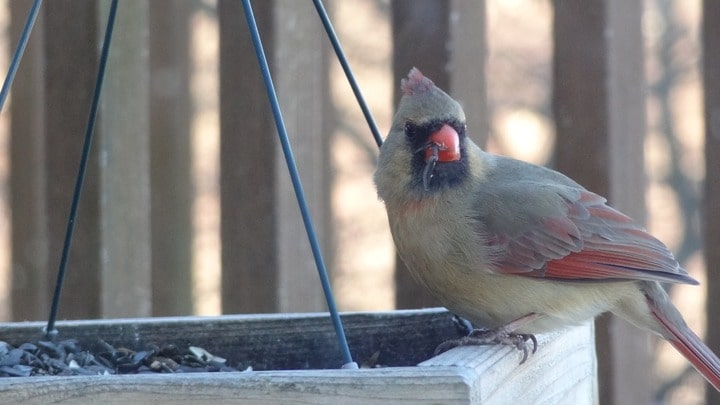
You can also offer mealworms, chopped apples, and a small bowl of grape jelly at your feeding station.
Grape jelly will attract a variety of birds in spring, like the Baltimore Oriole.
Always keep your feeders full. Cardinals are the first in the morning and the last in the evening to feed. Even though they eat at all day.
When feeding their young, Cardinals supplement their diets with insects. For this reason, avoid using pesticides in your yard so we don't harm the birds.
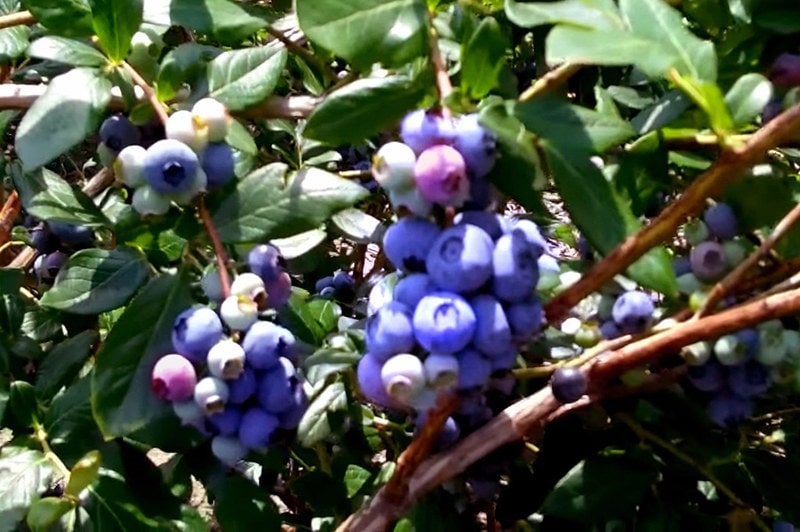
Think about planting fruiting shrubs like blueberries, blackberries, and chokeberries which hold their fruit into winter, providing a natural food source.
Consider plants that host caterpillars. When nesting, Cardinals feed on different caterpillars for protein. Baby Cardinals eat a lot of caterpillars.
Having a couple of these types of bushes and flowers in your yard will keep them close. Try spiceberry, lilac, milkweed, and coneflowers.
Check with your county extension agent or local garden center for native varieties that do well in your area.
Shrubs and Trees For Nesting Birds
Cardinals typically nest in thickets, bushes, or low trees such as hawthorns, dogwoods, brambles, and evergreens.
They also may build nests in shrubs like viburnums, hollies, grapevines, and privets. Evergreen varieties offer winter protection.
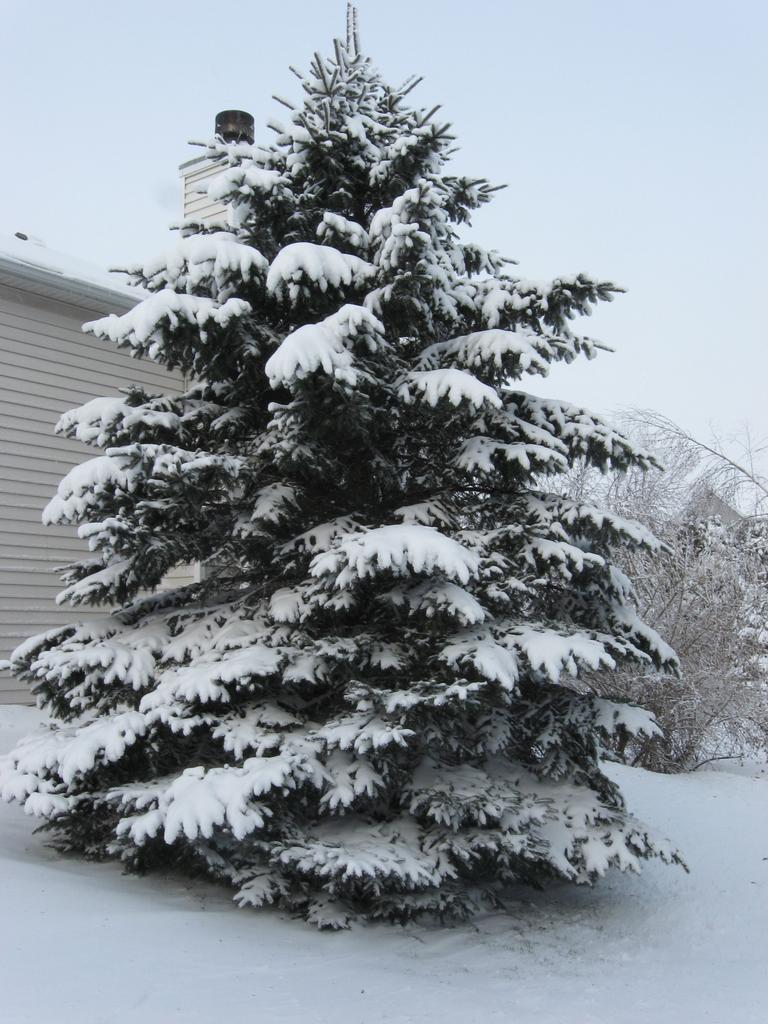
They prefer dense, thorny shrubs or trees with thick branches and plenty of foliage for protection from predators.
If you have the room in your backyard, provide a small brush pile that allows them to hide from overhead predators.
Cardinals also need a source of fresh water for drinking and bathing, so consider adding a birdbath or small pond to your backyard.
Provide Water for Cardinals
Cardinals don't just eat, like most birds, Northern Cardinals are attracted to water. A ground-level birdbath is ideal for them.
Birds need water year-round. I would recommend a birdbath that is heated. This way, the birds will be in your yard instead of wasting energy looking for water.
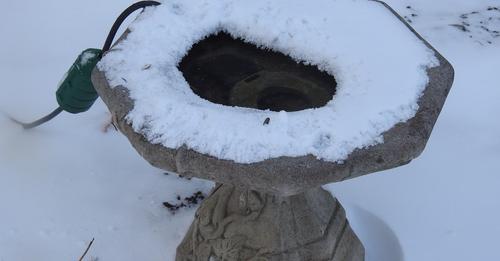
When attracting Cardinals to your backyard feeders, keep in mind, close to the house is not the best.
Cardinals are shy birds and feeders and birdbaths should be placed away from houses and around trees and bushes for protection.
Cardinals will attack their reflection in windows and mirrors. So keep feeders away from windows.
Since these birds feed on the ground, they're perfect prey for cats.
Keeping cats indoors or supervising them during their outdoor time can go a long way in keeping the birds safe.
Cardinals also prefer quieter areas, so try to keep noise levels in your backyard to a minimum.
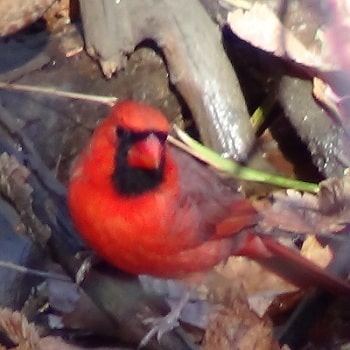
Attracting Northern Cardinals to your backyard is a rewarding experience.
With the right seeds, food variety, habitat, and a touch of patience, these enchanting red birds will be eating and nesting in your backyard.






